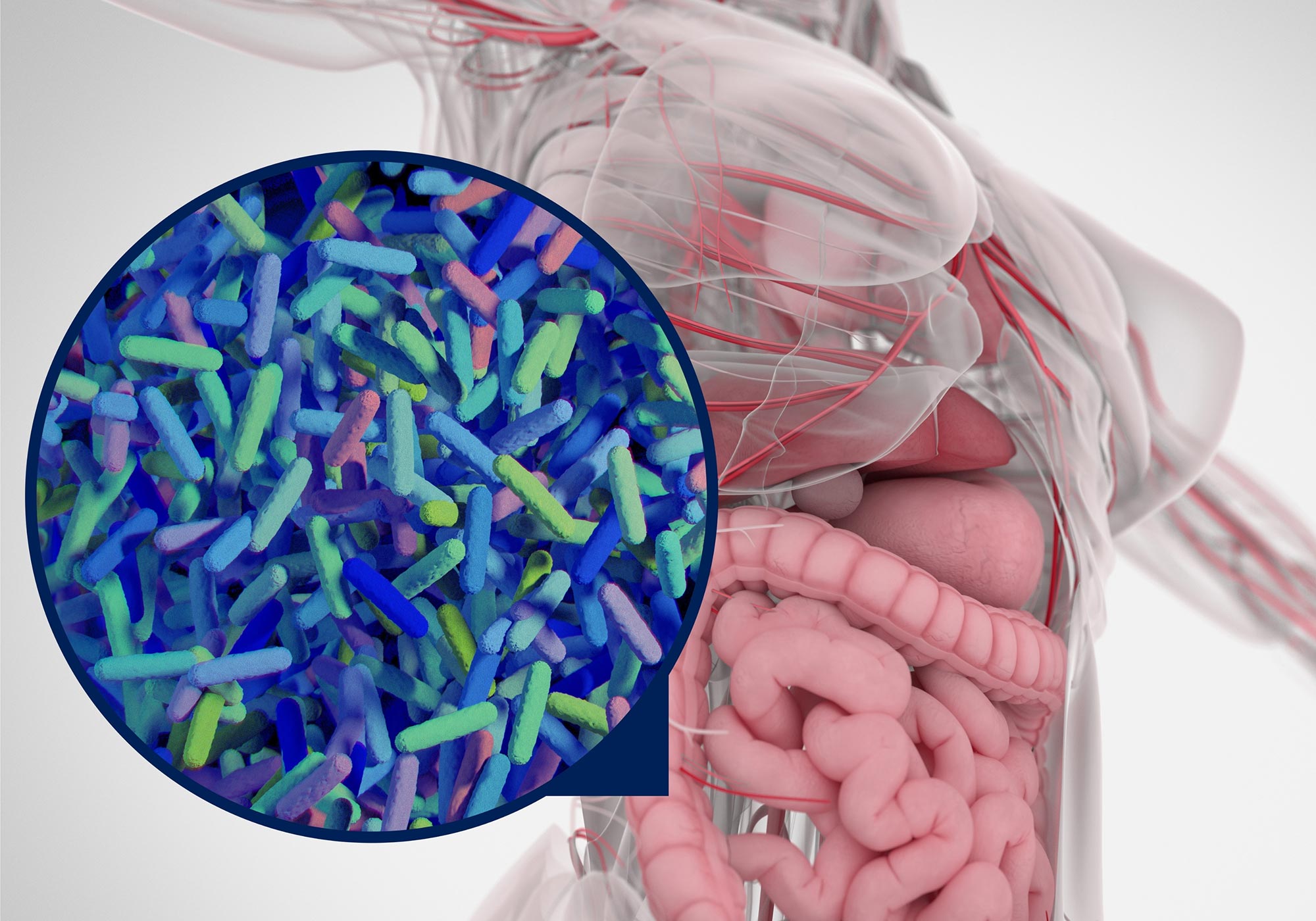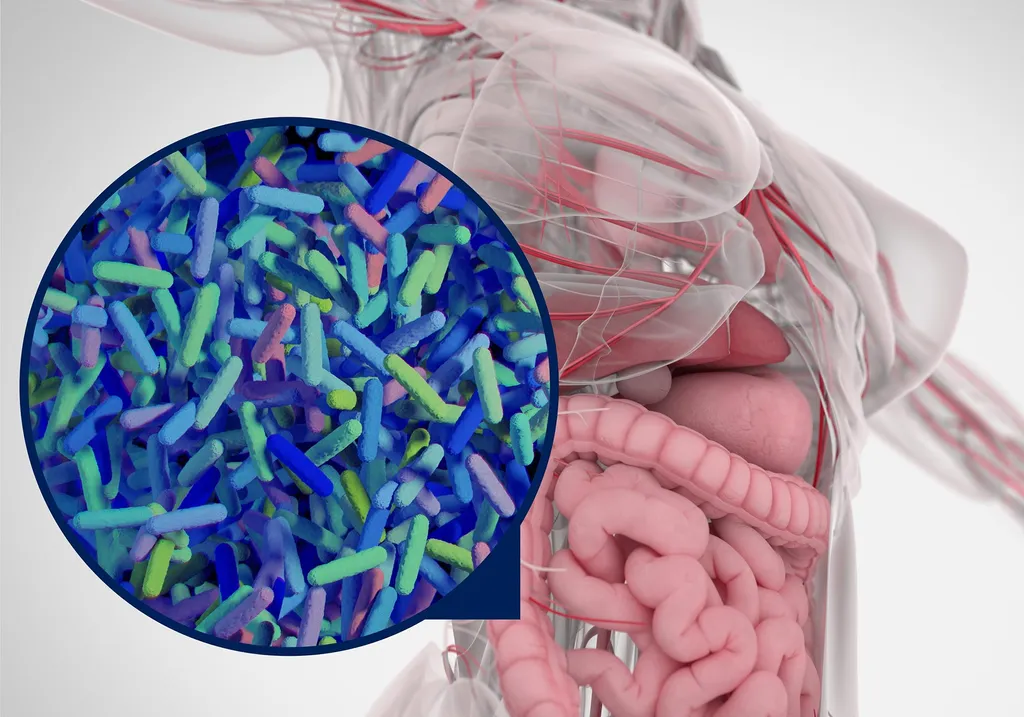
By

Systems biology studies how different living organisms at many scales interact.
Microbes, plants, animals, and entire ecosystems all play individual roles in the natural world, which is a complex system of interlocking parts. Systems biology approaches the study of living organisms holistically. It investigates how various living organisms interact at various scales. Every human being, for example, is a system. Our organs, tissues, cells, and the molecules they are made of, as well as bacteria and other organisms that live on our skin and in our digestive system, are all part of the system.
Systems biology studies these parts and how they work together. Scientists can scale a systems biology approach up and down depending on the size of the system they are studying. For example, human organs can act as their own systems, made up of cells, proteins, and amino acids.
Systems biology relies on computational and mathematical analysis and modeling. It draws its data from a huge range of biological sciences and technologies that researchers often call “-omics.” Some of these “omics” include genomics (the study of complete sets of genes in an organism) and proteomics (the study of all the proteins in a cell, tissue, or organism). These disciplines share an emphasis on characterizing and quantifying the biological molecules behind how organisms are built, function, and live.
Systems biology has many potential applications. One major application is bioenergy research. Scientists are working to understand plants that could be used for biofuel, including how they grow, the microbes that break them down, and how these components work together. This approach helps scientists improve the system behind biofuels to make more efficient, cost effective, and renewable fuels. Systems biology is also critical to understanding the cycling of carbon. Much of the world’s carbon dioxide is stored in ecosystems such as forests and tundra. Scientists are studying the complex interactions between the soils and plants that capture carbon dioxide as well as the microbes that break down organic material and release its carbon as carbon dioxide back into the atmosphere.
Fast Facts
- Systems biology studies of the genomes of soil-dwelling microbes discovered that they are also infected by thousands of different viruses that affect how they modify carbon-rich organic material.
- Comparing the decoded genomes of different plants helps us understand how plants sequester carbon dioxide and store carbon in cellulose and other polymers that constitute the plant body.
- Baker’s yeasts are used to make ethanol not only for beer but also as a biofuel. Understanding their systems biology allows scientists to engineer new yeast strains that can one day produce a replacement for gasoline.
Department of Energy Office of Science Contributions to Systems Biology
The Department of Energy Office of Science, Biological and Environmental Research (BER) program funds a broad range of research that rests on a systems biology perspective. One major effort is DOE’s Genomic Science program, which applies systems biology to problems involving energy and the environment.
Starting with the genetic information encoded in organisms’ genomes, BER research seeks to discover the principles that guide the translation of the genetic code. Researchers also study the metabolic and regulatory networks underlying the physiology of plants and microbes as they respond to and modify their environments. This understanding will help researchers design microbes and plants that contribute to energy independence and clean energy. For example, systems biology could lead to better biofuels and bioproducts, improved carbon storage, and new control over nutrients and contaminants in the environment.